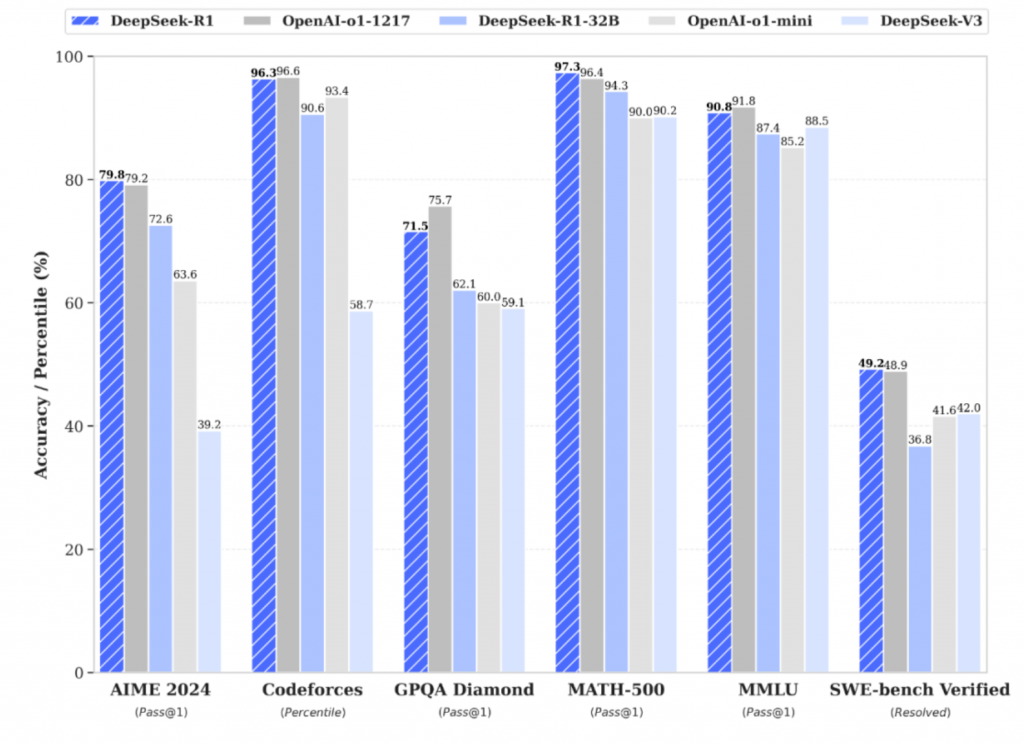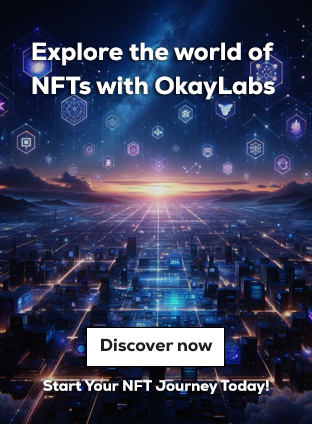The tech world just got hit with a seismic wave, and it’s called DeepSeek R1. This new AI powerhouse is breaking down old myths, flipping the script on AI development, and raising the stakes in the global race for artificial intelligence supremacy. Here’s the lowdown on how this open-source AI model is making waves and why it’s so significant.
DeepSeek R1: The Unexpected Contender
When the DeepSeek R1 was released, it raised eyebrows across the tech community—and for good reason. This large-language AI model, developed in China, came out swinging with performance on par with some of the top-tier models currently dominating the market. What’s even more impressive? It was built with a budget of just $6 million. Yes, you read that right. For the cost of a small-scale startup, DeepSeek is giving the big players a run for their money.
The release of this model isn’t just another tech breakthrough—it’s a direct challenge to long-held assumptions about the direction of AI development. In particular, Nic Carter, a prominent venture capitalist, highlighted how DeepSeek shatters the notion that China would only produce closed-source AI. Instead, this new development shows that China is fully capable of competing on the global stage with open-source innovation.

And let’s be real: this move is a huge blow to the Silicon Valley monopoly. For years, we’ve been told that OpenAI and the likes of Google and Meta hold an “unbeatable” advantage when it comes to AI scaling, development, and investment. But here comes DeepSeek, proving that the field might not be as closed-off as we thought.
China’s AI Power Play: Breaking Barriers
One of the most surprising aspects of DeepSeek R1’s release is how China managed to leapfrog a number of obstacles. Despite the US-imposed restrictions on AI-related hardware, such as the AI chip embargo from Nvidia and AMD, China didn’t blink. Instead, Chinese companies turned to domestic production and global cloud services to bypass the hurdles.
But that’s not all. In August 2023, China made another bold move by relaxing its AI development regulations. This shift removed financial penalties for companies deviating from AI guidelines, encouraging more innovation and flexibility within the sector. These changes are helping China make up for any lost ground in AI development—showing that the country isn’t just catching up; it’s ready to compete at a world-class level.
It turns out, China’s AI ecosystem is much more agile than many initially thought, and DeepSeek is the perfect example of that agility in action.
The Global AI Arms Race: Who Will Dominate?
The launch of DeepSeek R1 has come at a time when the AI arms race is intensifying globally. Countries are scrambling to stake their claim as leaders in this high-stakes game. Even former US President Donald Trump weighed in, setting bold ambitions for the United States to remain the top dog in AI.
At the World Economic Forum’s Davos summit, Trump made it clear that he sees both cryptocurrency and AI as key to maintaining US power in the global landscape. To back up his claims, the US government is pushing forward with an initiative called “Stargate”—a $500 billion infrastructure plan aimed at developing the country’s AI and high-performance computing capabilities. The goal? To create 100,000 jobs and ensure that the US remains competitive in AI and other cutting-edge technologies.
But it’s not just the US that’s making moves. The United Kingdom is also joining the fray, with Prime Minister Keir Starmer announcing similar efforts to fast-track AI infrastructure, including building more data centers. The UK wants to make sure it’s not left behind in this global tech race, ensuring that it has the tools and resources to stay competitive.
What Does This Mean for the Future?
So, what does the rise of DeepSeek R1 and these global initiatives mean for the future of AI? For starters, it shows that AI development is no longer just about the usual suspects. China, with its innovative approach, is challenging the established giants and showing that the landscape is more diverse than ever before.
And for the rest of the world? The stakes are higher than ever. With countries investing billions into AI infrastructure and companies like DeepSeek offering formidable competition, the question isn’t just who will lead—it’s who can keep up.
The world is watching as DeepSeek R1 and its rivals continue to push the boundaries of AI. One thing’s for sure: the AI arms race is on, and it’s only going to get more intense from here.
So there you have it! DeepSeek R1 is rewriting the playbook on AI development, and the world is taking notice. As we head deeper into this AI-driven future, the competition is going to get fierce—and only the most innovative will come out on top.



